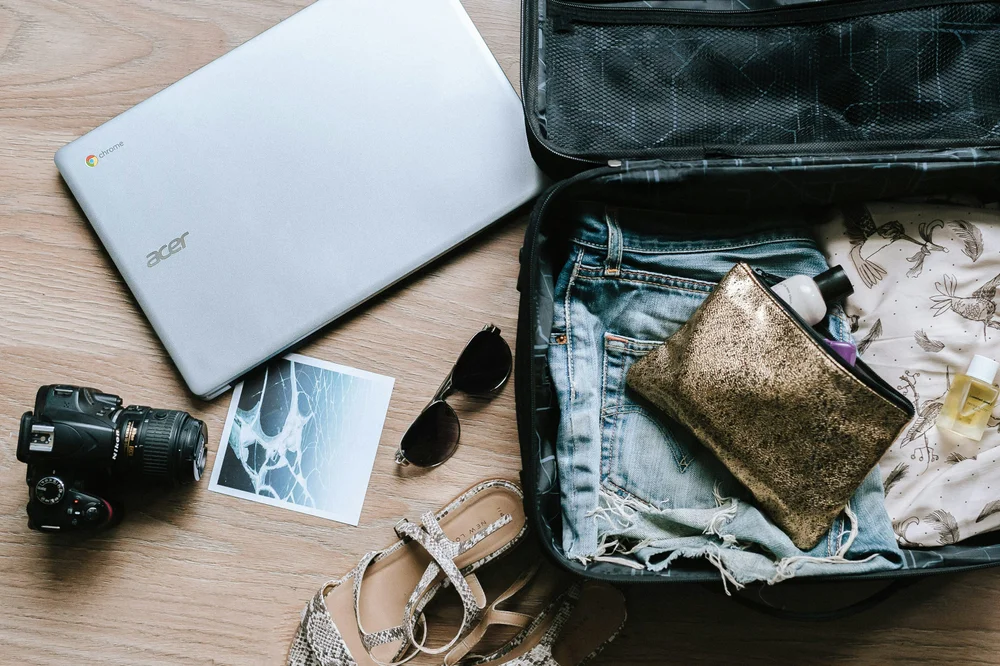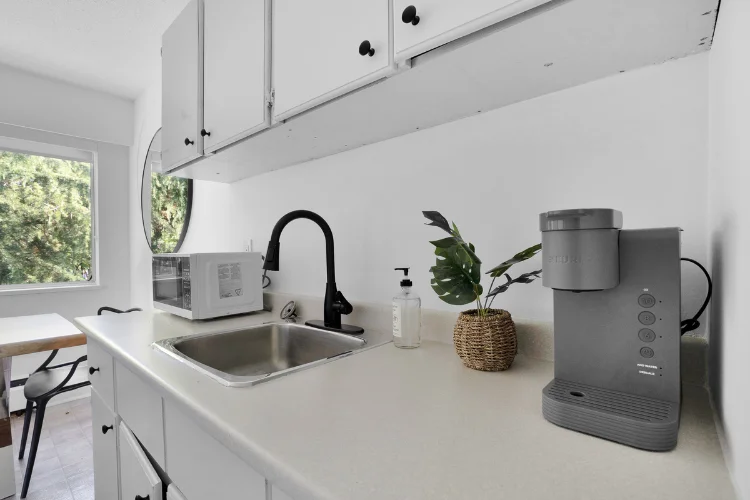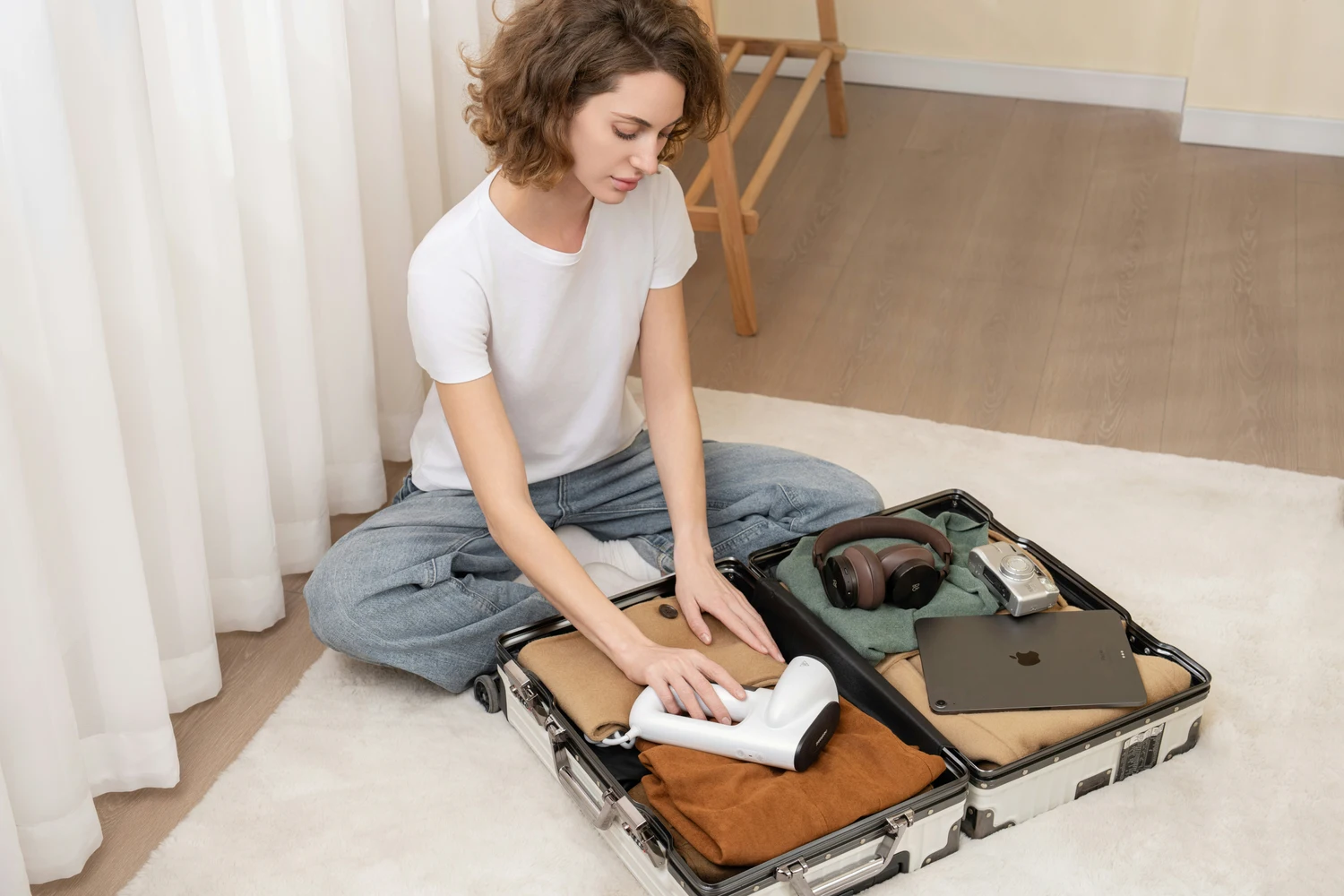A packing list for coliving helps individuals prepare for a hassle-free transition to a shared home.
A good coliving checklist helps residents pack essentials that ensure daily comfort and efficiency.
Essential items like clothing, personal care items, electronics, and grooming products make it easy to adapt to communal living.
A comprehensive shared housing packing list is also useful for new tenants to feel comfortable with respect while accommodating the boundaries and requirements of others.
Ready to make your coliving experience smooth and stress-free?
Key Takeaways:
- Discover essential items to pack for coliving.
- Learn what amenities are typically provided.
- Get tips for a smooth transition to coliving.
Understand What’s Typically Provided
When preparing for a move to co-living, knowing what sorts of amenities are typically included is helpful so as not to overpack unnecessarily.
Co-living areas tend to be well-designed with a range of items to make your visit comfortable and enjoyable. Basic housing amenities such as a bed, desk, and chair tend to follow suit without you having to lug clunky furniture.
In the kitchen, you usually have a full complement of general kitchen equipment — pots, pans, plates, and cutlery to meet all your basic cooking requirements without requiring you to bring a whole set of cookware with you.
When it comes to cleaning, most co-living arrangements provide you with basic necessities such as a vacuum, a broom, and sometimes even communal detergents.
What this does is allow you to maintain your own living area neat without carrying cumbersome or unrealistic cleaning equipment.
Moreover, key amenities such as high-speed internet, electricity, and water are usually included in your rent.
Such combined convenience allows you to be connected, working, and cozy from the moment you move in, without having to set up utilities yourself.
If you have an understanding of what are standard amenities within coliving space, you are able to stream your coliving packing list down, prioritize important items, and arrive with merely what you have nothing extra, nothing unnecessary.

Packing List for Coliving: What Should You Include?
Co-living space move-in ease is wonderful, but it helps to know what to bring along for a seamless transition.
The majority of co-living spaces provide basic necessities, but being aware of what’s typically provided ensures that you don’t overpack and that you have all the personal items you need for a comfortable and well-arranged stay.
Step 1 – Personal Essentials
Every resident should start with personal essentials. The majority of co-living spaces require you to bring your own bedding in the form of sheets, a pillow, and a blanket. You are also supposed to bring towels, a bath towel, a hand towel, and a beach towel if you intend to swim.
Toiletries such as shampoo, soap, toothbrush, and toothpaste should not be left behind.
A laundry basket or bag will help you stay organized with your clothing, and a small personal medical kit will have you prepared for any minor health needs.
Step 2 – Clothing Essentials
Bring clothing to wear in both casual and professional settings, especially if you’ll be working or studying in a shared space.
You’ll want to prepare for the regional weather by packing a raincoat, boots, or light summer clothing depending on the season.
Pack exercise clothes if you’d like to stay active. Be sure to include a few pairs of shoes, like comfortable indoor slippers and durable outdoor shoes.
Step 3 – Room Comfort Items
Homogenizing your room can greatly improve your stay. A desk lamp provides additional lighting, and extension cords come in handy for charging devices in the common areas.
Putting in decor items such as pictures, small plants, or wall ornaments to give your room a personal touch makes the room cozy and homey.

Step 4 – Kitchen Add-ons
Though basic kitchen staples like pots and plates are usually available, it’s handy to take your own small appliances like a blender or coffee maker if the house rules allow.
If you have specialty dietary needs, taking specialty kitchen tools or containers ensures that you can cook in comfort.

Step 5 – Technology & Work Items
Anyone working or studying remotely should prioritize packing essential tech gear. Be sure to bring your laptop, all necessary chargers, and headphones for work or entertainment.
A portable desk lamp can also improve your workspace if you require extra illumination during long hours at your desk.
Step 6 – Documents & Essentials
All newcomers should keep important documents in close proximity, for example, ID cards, insurance policies, and tenancy agreements. It’s also advisable to prepare a list of emergency numbers to have on hand in case of unforeseen circumstances.
What You Probably Don’t Need
When moving into a co-living space, it’s important to know what not to bring. After finding the right coliving room for yourself, there is not much thing to carry with you.
Co-living amenities often include shared furniture and utilities, so packing light is key.
What should I avoid bringing to co-living spaces?
The answer is simple: leave behind items that are already provided or unnecessary.
- Large furniture: Most co-living spaces come with a bed, desk, and chair. Bringing your own large furniture will only clutter your space.
- Major appliances: Items like microwaves and TVs are usually shared among residents. Check beforehand to avoid doubling up.
- Extensive cookware sets: Basic kitchenware such as pots, pans, and plates are typically available. Only bring specialty tools if you have specific needs.
- Excessive decorative items: While personalizing your space is important, too many decorations can make it feel cramped.
By avoiding these unnecessary items, you can enjoy a more streamlined and stress-free move.
Remember, the goal is to embrace the minimalist and community-focused lifestyle that co-living offers.
Pro Tips for a Smooth Coliving Packing
Moving into a co-living space is one with excitement, potential, and some logistical chaos.
By pre-arranging things and proceeding in the right way, you can eliminate tension and ensure that your relocation process is as trouble-free and enjoyable as possible.
1. Query the Property Manager in Advance
Your first step is always to approach the property manager or host with a straightforward request. Asking for an itemized list of what is offered upfront in co-living seems very reasonable.
Typically, things might be minimalist furniture (such as a bed, desk, chair), kitchen essentials (pots, pans, plates), and sometimes even appliance services such as a microwave or a coffee maker.
Some include also shared household supplies, washer and dryer provision, and necessities such as basic beds.
By checking these items in advance, you avoid duplications, save valuable packing space, and only bring what is really needed to your new home.
2. Pack by Organized Categories
Rather than pack in a disorganized manner, organize your items into neatly labeled categories.
Save separate bags or boxes for:
- Personal Essentials (toiletries, bedding, medication)
- Kitchen Items (favorite utensils, specialty tools, snacks)
- Clothing (seasonal, casual, professional, activewear)
- Technology (laptop, chargers, headphones, desk accessories)
- Important Documents (ID, insurance, contracts)
This strategy allows for an orderly unpacking process and allows you to find important items readily upon arrival. It also reduces the feeling of disorganization that accompanies acclimating to a new shared space.
3. Pack Only What You’ll Need for the Next 3–6 Months
Minimalism is key in a co-living space where personal space is limited. Pack in priority order:
- Seasonally appropriate clothing
- Daily-used items Avoid the temptation to bring “just in case” supplies. They may not get used and will take up space. Think thoughtfully: “Will I actually use this over the next couple of months?” This habit makes your own space clean and less fiddly to maintain, enhancing your overall feeling of comfort and freedom in a shared space.
4. Choose Multi-Use and Space-Saving Products
Where you can, have products with a variety of uses:
- A quick-drying microfiber towel dries fast and uses less space than a regular towel.
- Foldable storage bins organize your stuff without occupying space.
- A light backpack can be a daypack and shopping bag.
With multi-purpose gear, you have more uses for fewer things without infringing on your own space.
5. Pack a Day One Essentials Bag
Pack a small essentials bag with all you’ll need in the first 24–48 hours.
Pack:
- A fresh set of clean clothes
- Personal toiletries items
- Charger cables
- Duplicates of the important documents
- Water and a few snacks
To be able to easily access them guarantees that you won’t stress searching for things in your moving bag after hours of running around.
By following these step-by-step instructions, not only will you pack smart, but also set yourself up to have a breezy, planned, and confidence-filled move to your new shared living space – and enjoy it from the start.
Wrap Up For Coliving Packing List
Transitioning into a co-living facility starts with strategic and mindful packing. By being aware of what’s already provided, packing only the absolute essentials, and maintaining a minimalistic state of mind, you’ll be well on your way to an easy, clutter-free, and stress-free move.
Not only will making your packing meaningful and light render the settling-in process less overwhelming, but it will also allow you to fully embrace the shared and cooperative spirit of co-living.
With the right preparation and a well-thought-out plan, your co-living experience can be both enriching and hassle-free.

0 Comments